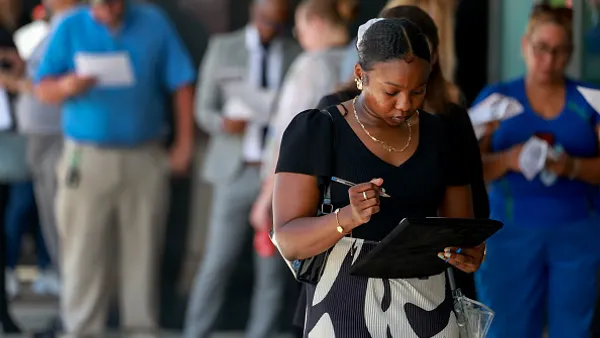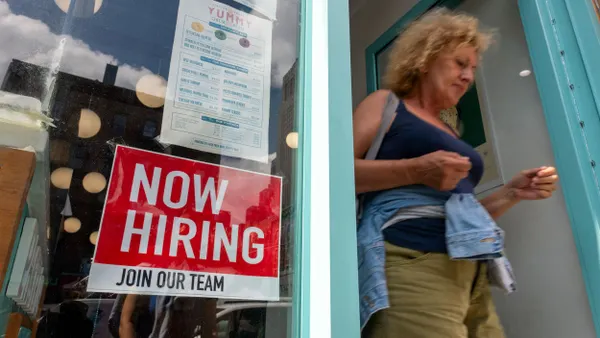Steve Gross doesn’t claim to be a soothsayer, but in his role as senior partner in the Philadelphia office of Mercer, the global HR consulting firm, he does know a thing or two about the future of employee benefits and workforce trends.
“I’ve been tinkering in the total rewards space for a long time,” said Gross in a recent interview. “It was a hot topic in the marketplace about seven years ago. Then the recession hit and employers did very little to enhance the employee value proposition.
“Today, the employment markets have tilted back toward the employee,” he added.
Gross cited drivers such as diversity, globalization and technology in the return to employee-focused reward strategies. In some industries, such as the quick service restaurant (QSR) sector, there are additional challenges, including impending pending DOL overtime rules, hourly pay legislation/living wage issues and a host of labor-related factors having an impact on total rewards.
Gross says within five years employers may be a “tale of two cities,” in that employers will hold on to workers with core competencies required to produce the company’s products and services, but will go to the global free agent market for most everything else.
“It will be a core worker vs. contingent decision,” he said. “And the future also will bring individualization, meaning employers moving from being paternalistic to employee individual accountability.”
Gross said employers will continue the trend of being less paternalistic in areas such as healthcare (which they may replace with private exchanges) and career planning.
“Some employers may get out of the healthcare business entirely, and will tell workers they have to plan their own careers, but still help them,” he said.
Diversity also is really starting to stick, he said. Gross said that while he has never seen a company that wants to discriminate, he still sees companies that do. He suggests they utilize metrics to determine if they are discriminating and react accordingly with programs to make real change because younger workers expect it.
Speaking of demographics, Gross mentioned it a critical factor in the total rewards space between now and 2020.
“People living longer means many are also working longer,” Gross said, using the examples of people over 65 (25%) and 70 (15%) remaining in the workforce today, a trend no one would have expected 15 to 20 years ago.
That data factors into employers meeting the daunting challenge of addressing the different sensitivities and needs of baby boomers, Gen Xers and millennials.
Issues such as formal dress codes and office face time will continue to lose value and importance, and telecommuting will expand with the continued growth of broadband. Employers will focus more attention to personalizing rewards to reflect the growth of workplace diversity and company culture.
Things like pay secrecy – once a sacrosanct area - are also disappearing as websites such as Glassdoor have given birth to transparency among workers.
“Companies are struggling with it,” he said. “But there will continue to be more openness.”
On the positive side, Gross says the next five years will be a period of gradual change, so it should not be too much of a shock to the system for employers. In fact, he says, some companies have already arrived at the future in areas such as recruiting, where recruitment process outsourcing is going strong.
“In the next five years, it's certain there will be many external factors impacting reward design strategies,” he said.












